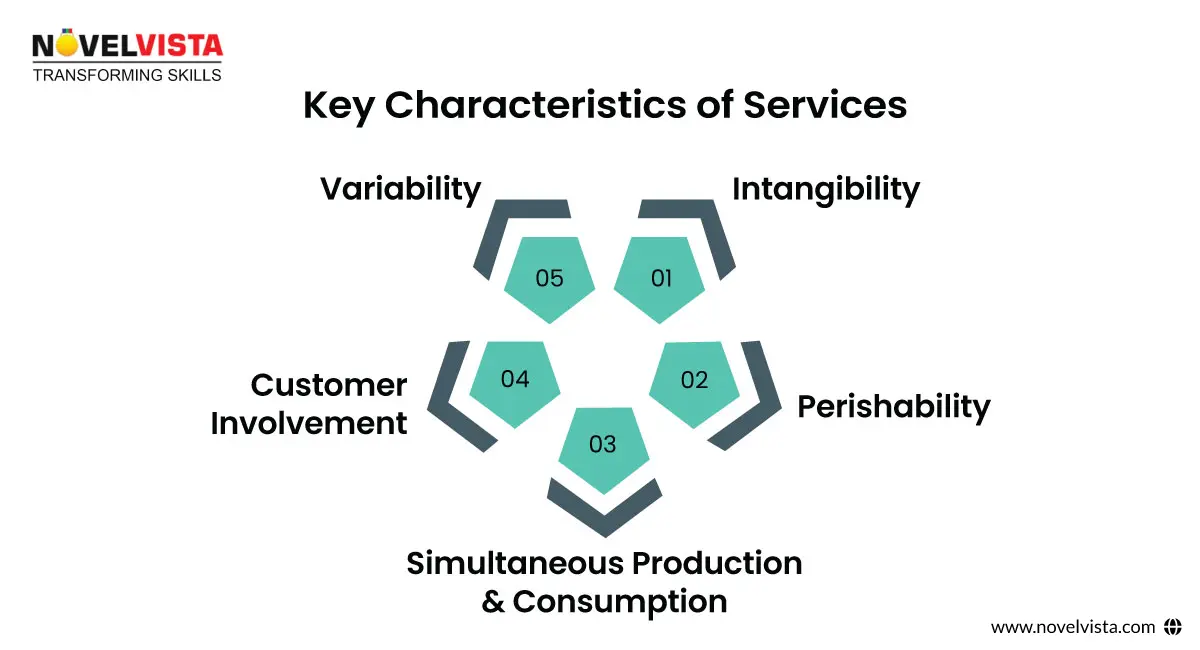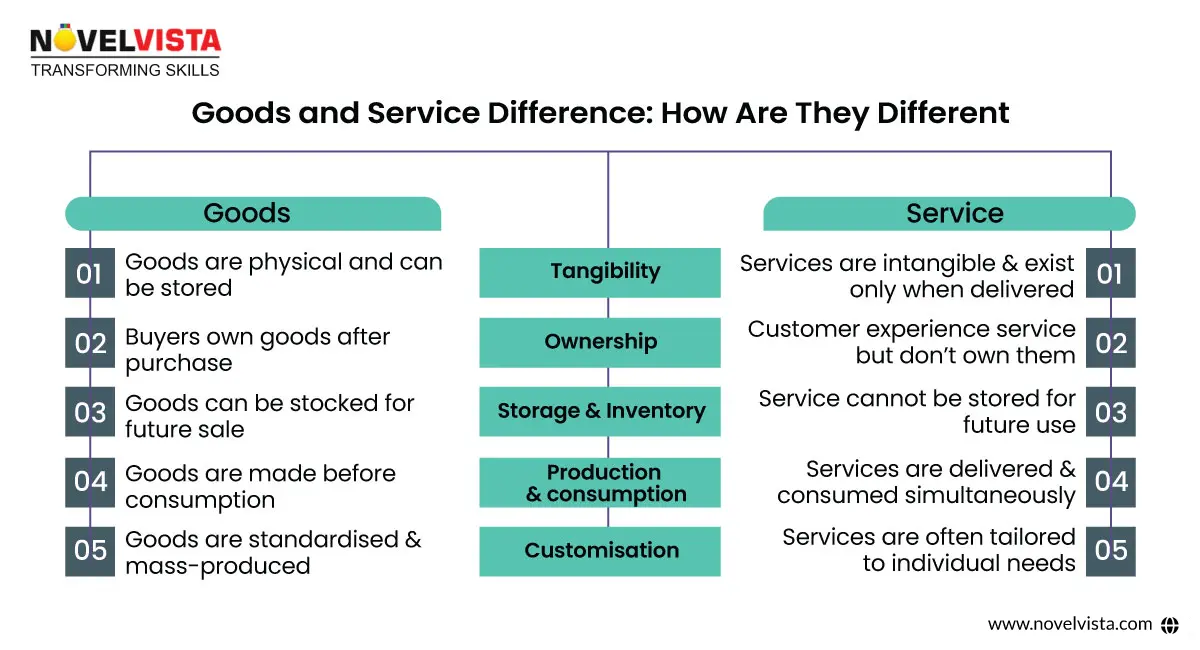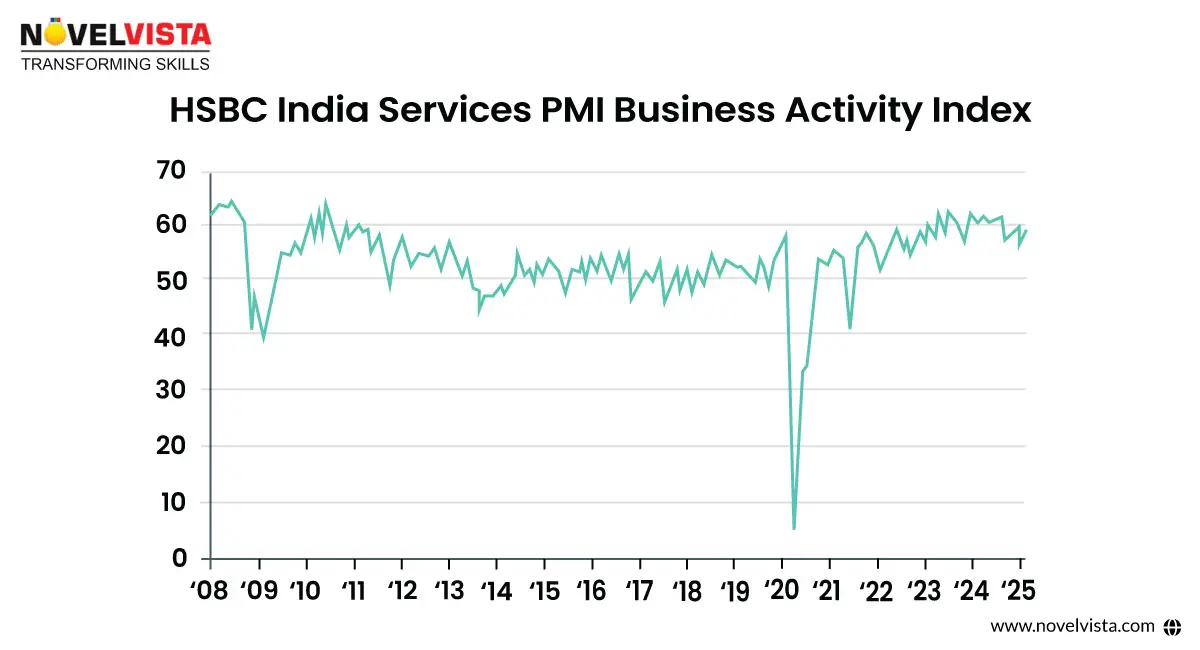Have you ever wondered what truly defines a service? We always use the word "service", yet when we try to explain it, we realize it’s not as simple as it seems!
If you search online, you'll find a lot of definitions explaining the word "Service" – each with a different meaning. But in the end, the definition of service is all about providing benefits to customers without transferring the ownership of a particular product.
In today's world, services lead the economy and reshape how we connect different industries and technology. If you stream a movie, use an IT help desk, or call a customer care center, you are involved in a service.
To figure out what your extension for this activity would you say you truly need to recognize what is the ultimate objective? This isn't a misleading question, yet the title is Service Delivery, so conveying services to the client effectively if objective number one. The following part and trickier segment are the means by which you do that. This is the place the degree will become an integral factor (that chicken and egg bit, how would you start except if you know where you end).
Let's explore a service, why it’s worth your time, and how organizations manage and improve service to boost customer experiences.
Now, you should take a step back and overlook where you are right now.
A service is any intangible activity, process, or benefit that fulfills a need without requiring the ownership of a physical item. It is typically produced and consumed simultaneously and often requires direct interaction between the provider and the customer.
Consider services as an experience instead of buying that product - for example, you don't own an online course, a hotel, and a software subscription, but you experience them.
Services have a unique way of operating. Here's what makes them stand out from goods:

Because of these characteristics, businesses must carefully design and manage their services to maintain quality, efficiency, and customer satisfaction.
Curious about the structured approach to service management? Learn more aboutWhat is ServicewithNovelvista!
Take a moment to think—how many things you pay for daily are products, and how many are services?
Most modern economies run on services, from Netflix subscriptions to food delivery apps. The service industry overview shows that services make up over 70% of the GDP in many developed countries.
If you’re in IT, customer support, or service management, check out IT Service Delivery for insights on providing seamless service experiences.
One common question is: What’s the difference between goods and services?

Many businesses combine goods and services—for example, an e-commerce company sells products (goods) but also offers customer support and delivery services.
Understanding the goods and services helps businesses develop better strategies for growth and customer satisfaction.
For those in IT management, check out IT Service Desk to see how service delivery differs from software products.
Services come in many forms, but they are generally classified into three main categories:
These are the primary services a company offers to customers.
Examples: Software-as-a-Service (SaaS), financial consulting, cloud computing, and healthcare.
These help businesses deliver and enhance core services.
Examples:Customer Service, technical support, and marketing services.
Companies delegate these services to third-party providers to cut costs and improve efficiency.
Examples: Payroll outsourcing, cybersecurity, and Service Desk Optimization.
All types of services are crucial to business success, ensuring smooth operations and customer satisfaction.
Providing a great service isn’t just about offering something helpful—it’s about delivering it effectively.
Clear Service Expectations: Businesses use SLAs (Service-Level Agreements) to define response times, issue resolution, and quality benchmarks.
Looking to master IT service management? Explore theITIL 4 Foundation Certification Training Courseto learn industry best practices.
The way services are delivered, optimized, and consumed is evolving rapidly. Businesses are adopting new technologies and customer-centric strategies to enhance their service offerings.
AI-Driven Service Automation: Many companies now use chatbots, virtual assistants, and automated workflows to improve service speed and efficiency. AI helps reduce response times, allowing businesses to scale support without increasing human effort.
These trends show how service management is becoming smarter, faster, and more customer-focused
Want to stay ahead in IT service management? Learn industry best practices with the ITIL 4 Foundation Certification Training Course.
Let’s look at real-world examples of how businesses innovate in service management.
Want to optimize your service desk? Learn more aboutService Desk Optimization.
Delivering a good service is not enough—companies must continuously improve service quality to meet evolving customer expectations.
By implementing these best practices, companies can enhance service efficiency, customer satisfaction, and long-term success.
With services dominating the global economy, businesses need structured service management strategies to stay competitive.
Want to master the art of service management? Explore courses onIT Service Deliveryto build expertise in delivering high-quality services.
In February, the annually adjusted HSBC India Services PMI Business Activity Index went from January's 26-month low of 56.5 to 59.0, showing a sharp rate of growth that was well above its long-term average.

Services are no longer just an add-on—they are the backbone of modern economies and businesses. Whether it’s tech support, cloud services, healthcare, or consulting, delivering high-quality services is essential for success.
As businesses evolve, the ability to deliver, manage, and optimize services will be the key to long-term success.
Want to take your service management skills to the next level? Start with the ITIL 4 Foundation Certification Training Course and become a service management expert!
The best services don't happen by accident- they are built with strategy.
Are you ready to lead
Confused about our certifications?
Let Our Advisor Guide You